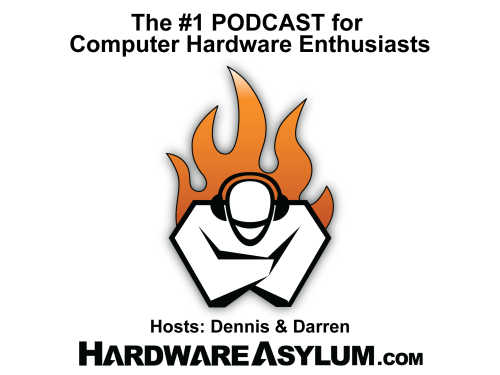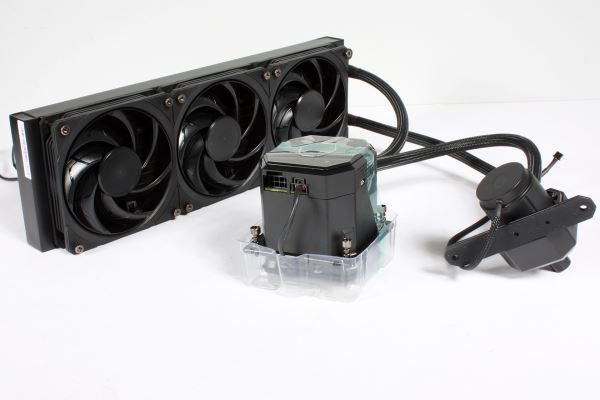Subzero AIO Water Cooling and the Death of the HEDT Processor

Hosts: Dennis Garcia and Darren McCain
Time: 26:09
Subscribe Options
RSS (MP3)
iTunes (MP3)
Spotify (Stream)
Originally recorded December 2020

Hosts: Dennis Garcia and Darren McCain
Time: 26:09
Subscribe Options
RSS (MP3)
iTunes (MP3)
Spotify (Stream)
Originally recorded December 2020
SubZero AIO Watercooling
There are a number of ways to do subzero cooling. We talk about Liquid Nitrogen quite often on the Podcast but LN2 is expensive and cannot be run for extended times. A phase cooler is another option that can be run for a long time but is expensive and noisy. Back in the early days of overclocking quite a few enthusiasts experimented with thermal electric cooling or TEC. A TEC is a type of active cooling that uses electricity to move heat from one side of the cooler to another.
TEC cooling is how those novelty soda fridges work, how you can get heated seats in your car and for the most part they are quite safe. Their only downside is that they require power to operate and have a wattage limit. The basic idea is that you use the TEC to cool a CPU and then mount a waterblock to the hotside to keep the TEC cool. If the power is run constant and the CPU load is light the processor can go below zero and if you generate more heat than the TEC can handle you can burn up your processor.

To battle the “boost” issue with most Comet Lake CPUs Intel has created a TEC cooling controller that Cooler Master has built into their MasterLiquid ML360 Sub-Zero. The controller will deliver just enough cooling performance to keep the CPU chilled without generating condensation while the 360mm AIO will make sure the TEC is operating correctly.
Death of the HEDT Processor
Rumor is there will be no LGA2066 processor “this” year. While the article is dated the information was correct and I’m not sure 2021 will offer much either. This is sad news considering that the HEDT platform has enjoyed being at the top of the performance charts since it was released back with LGA1366. This platform introduced triple channel memory and a significant performance advantage over LGA775 and even LGA1156. The next generation brought quad channel memory and a much larger socket however pressure from the Ryzen generation has pushed Intel to pack more cores into a smaller package. This not only created more power CPUs but, also processors that rival the more expensive HEDT segment CPUs.
While I am sad that HEDT is dead there are options available including Threadripper and LGA3647 provided that Intel decides to release more W based processors.
Related Links
Intel Roadmap Suggests No New High-End Desktop Processors This Year
Episode 118 featured music:
Little People - Start Shootin' (http://www.littlepeoplemusic.com/)
 Hardware Asylum Podcast Upgrades
Hardware Asylum Podcast Upgrades Creative Sound Blaster Re:Imagine Modular Audio Hub with AI
Creative Sound Blaster Re:Imagine Modular Audio Hub with AI The State of Tech Events and the Challenges of Building PCs
The State of Tech Events and the Challenges of Building PCs Exploring the New YTX Motherboard Form Factor and why ATX is King
Exploring the New YTX Motherboard Form Factor and why ATX is King Shopping for New Gaming Headphones Looking at the Oldest and Newest Keyboards
Shopping for New Gaming Headphones Looking at the Oldest and Newest Keyboards Overclocking your Vegetable Garden with Hydroponics
Overclocking your Vegetable Garden with Hydroponics Virtual Unboxing of a Vintage Tandy 1000 TX
Virtual Unboxing of a Vintage Tandy 1000 TX Checking out the Latest Battlefield 6 Multiplayer and Amazon Affiliate Shopping
Checking out the Latest Battlefield 6 Multiplayer and Amazon Affiliate Shopping View All Episodes
View All Episodes